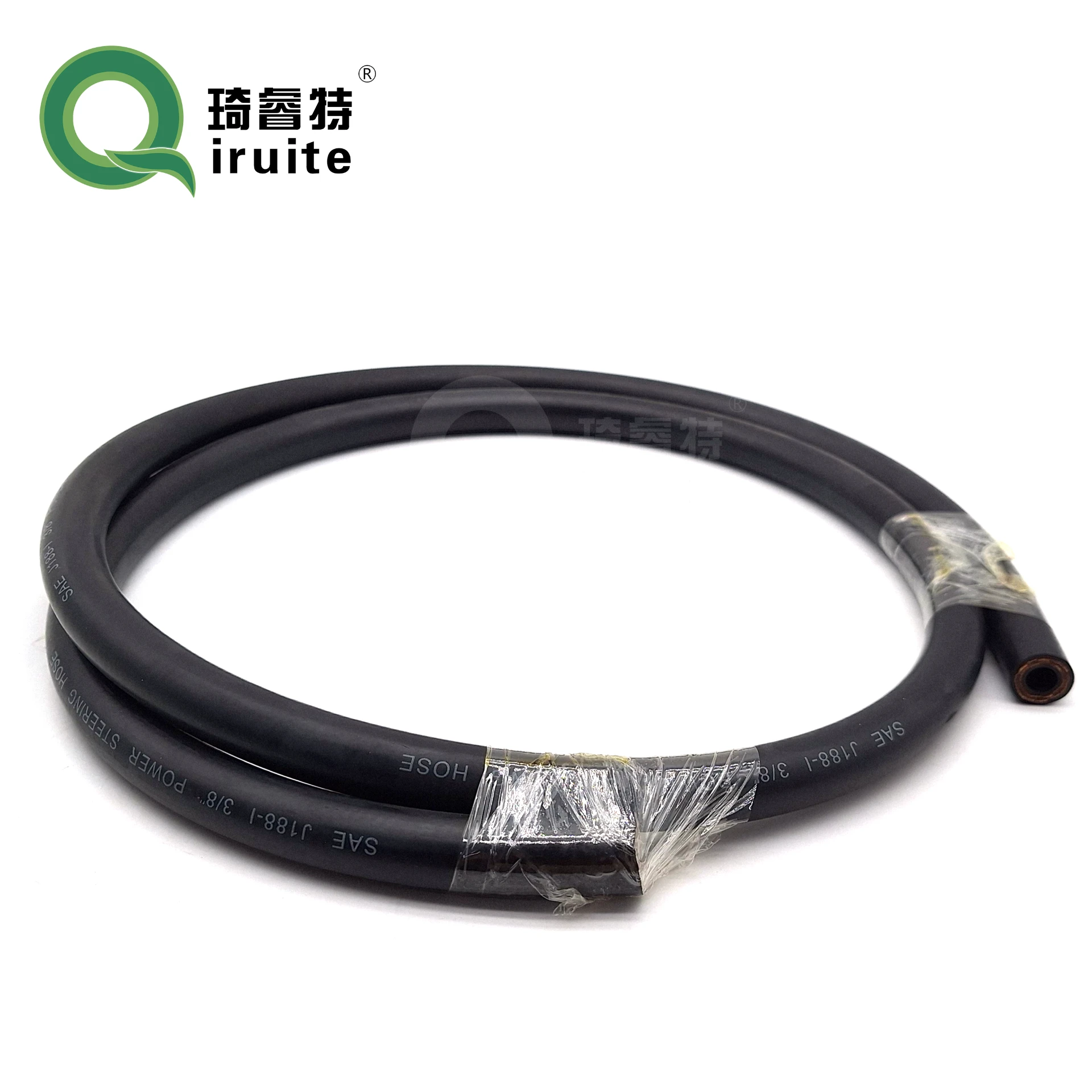hose pipe coupler
Understanding Hose Pipe Couplers The Unsung Heroes of Fluid Transfer
When it comes to fluid transfer systems, whether for agricultural, industrial, or residential applications, hose pipe couplers play a crucial role that is often overlooked. These small yet essential components enable seamless connections between hoses, ensuring efficient fluid movement for various purposes. In this article, we will explore the significance of hose pipe couplers, their types, applications, and tips for choosing the right one for your needs.
What is a Hose Pipe Coupler?
A hose pipe coupler is a device used to connect two sections of hose or to attach a hose to a nozzle, valve, or other accessory. The primary function of couplers is to create a leak-proof seal that prevents fluid loss while allowing for easy disconnection and reconnection. They are vital in maintaining the efficiency and safety of fluid transfer operations.
Types of Hose Pipe Couplers
1. Threaded Couplers These couplers use male and female threads to create a secure connection. They are often found in plumbing applications, where they connect hoses to faucets or valves. The threaded design provides a tight seal, making it suitable for high-pressure applications.
2. Cam Lock Couplers Commonly used in industrial and agricultural settings, cam lock couplers feature a locking mechanism that allows for quick connect and disconnect. Simply insert the male end into the female end and engage the cam arms to lock it in place. This design minimizes downtime during fluid transfer operations.
3. Barbed Couplers Barbed couplers feature a series of ridges or barbs that grip the inside of the hose, creating a secure connection without the need for clamps. They are commonly used in garden hoses and watering systems, as they are easy to install and remove.
4. Quick Disconnect Couplers These couplers provide the ultimate convenience, allowing users to easily disconnect hoses without spills. They often have a push-button mechanism that releases pressure and separates the connection. Quick disconnect couplers are ideal for applications where hoses need to be frequently connected and disconnected.
5. Push-Fit Couplers Push-fit couplers offer an innovative way to connect hoses without the need for additional tools. Simply push the hose into the coupler, and a series of internal mechanisms grip the hose securely. This design is becoming increasingly popular for both commercial and residential applications.
Applications of Hose Pipe Couplers
Hose pipe couplers are utilized in a wide range of industries and applications. Here are a few examples
- Agriculture In farming, hose couplers are essential for irrigation systems, connecting hoses to pumps, and distributing water efficiently.
hose pipe coupler

- Construction In construction sites, these couplers are used to manage water supply for dust control, mixing concrete, or powering hydraulic tools.
- Automotive In the automotive sector, couplers are used for fuel lines, brake systems, and coolant systems, ensuring that fluids are transferred seamlessly and safely.
- Home Use Gardeners frequently rely on hose couplers to connect different lengths of hoses and attach watering devices like sprinklers, making them a staple in lawn care.
Choosing the Right Hose Pipe Coupler
When selecting a hose pipe coupler, there are several factors to consider
1. Compatibility Ensure that the coupler matches the diameter and material of your hoses. Using incompatible couplers can lead to leaks and reduced efficiency.
2. Application Requirements Consider the pressure and temperature requirements of your application. Some couplers are designed for high-pressure scenarios, while others are better suited for low-pressure systems.
3. Material Different materials offer varying levels of durability and corrosion resistance. For instance, brass couplers are known for their strength, while plastic couplers may be lighter and more resistant to corrosion.
4. Ease of Use Depending on your needs, choose couplers that provide ease of connection and disconnection. Quick connect designs can save time and effort.
5. Cost Lastly, consider your budget. While higher-quality couplers may have a higher upfront cost, their durability and efficiency can lead to long-term savings.
Conclusion
Hose pipe couplers are unsung heroes in fluid transfer systems, enabling efficient and reliable connections across various applications. By understanding the different types of couplers and their uses, you can select the right component for your needs, ensuring optimal performance in your fluid transfer processes. Whether you’re gardening, working in construction, or managing agricultural operations, a reliable hose pipe coupler can make all the difference.
-
Ultimate Spiral Protection for Hoses & CablesNewsJun.26,2025
-
The Ultimate Quick-Connect Solutions for Every NeedNewsJun.26,2025
-
SAE J1401 Brake Hose: Reliable Choice for Safe BrakingNewsJun.26,2025
-
Reliable J2064 A/C Hoses for Real-World Cooling NeedsNewsJun.26,2025
-
Heavy-Duty Sewer Jetting Hoses Built to LastNewsJun.26,2025
-
Fix Power Steering Tube Leaks Fast – Durable & Affordable SolutionNewsJun.26,2025

